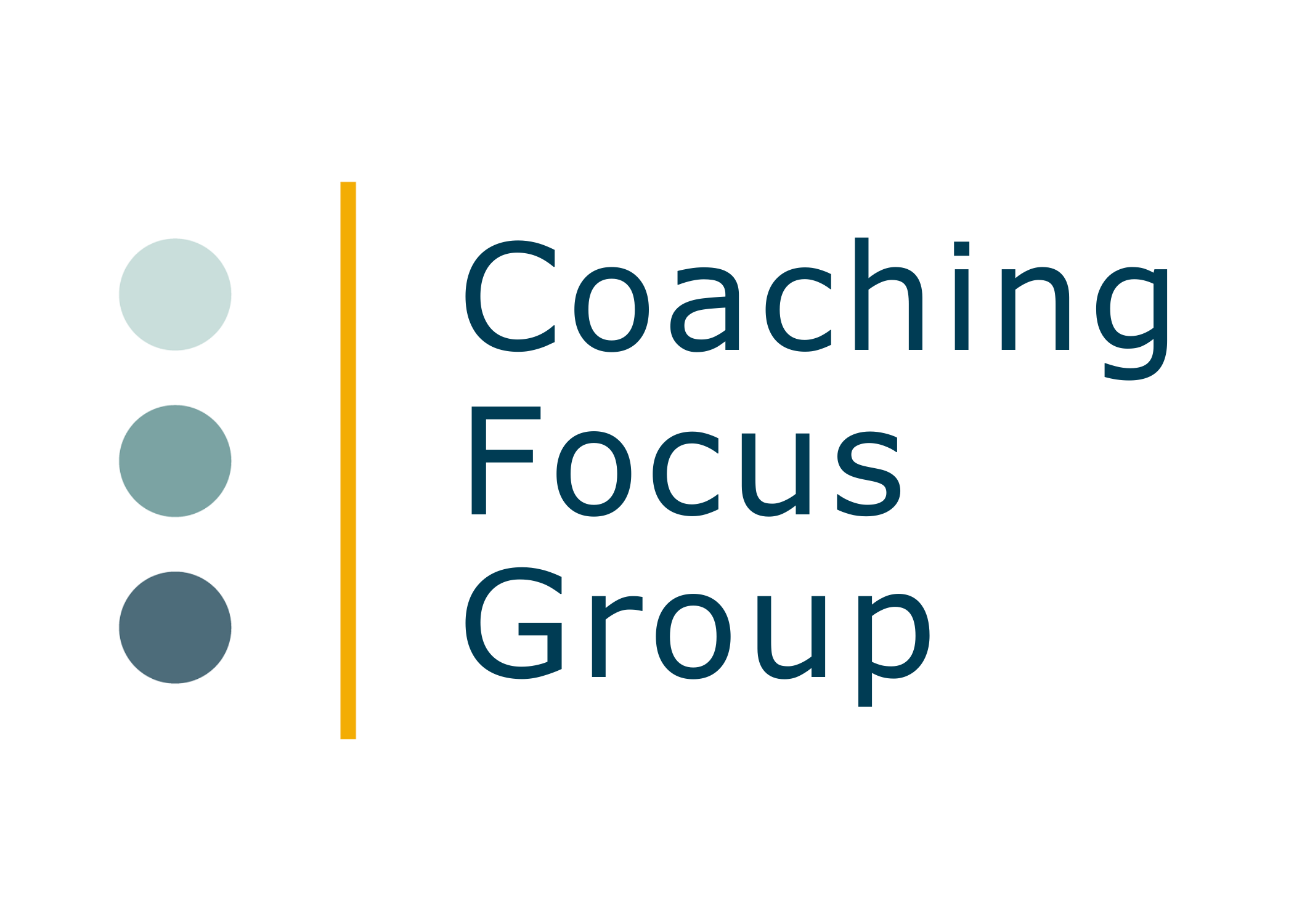By Coaching | Jul 24, 2021
How to Build a Coaching Strategy that can Positively Transform your Organisation. Part 1: Purpose and Objective
Last time we looked at the benefits of having a coaching strategy, and I’m really glad you decided to come back and read further about it.
I’m especially glad you’re here because it’s during this very first stage of building your coaching strategy that the magic happens. And this is the stage where most people go wrong.
You see, it’s only too easy to think about who you’d like to receive coach training or be coached within your organisation.
I know you probably have a few people in your mind, possibly including yourself. And that’s 100% understandable: people will be getting trained and coached as part of your coaching strategy! But one of the fundamentally important steps to take here involves deciding on what gets coached not just who! Coaching the what not the who. When you begin with a purpose and objectives in mind, your attention usually moves towards who needs to be coached to achieve your goals.
So start with your goals, then move on to who should be coached or trained to achieve them. This is such a simple step, but it’s fundamental for the success of your coaching strategy. How to get started. The first thing you’ll need to think about is what role coaching will play within your organisation. How will coaching support your learning, development and performance priorities? What outcomes you would like to see as a result of coaching?
The steps you should consider are:
Step 1: Understanding your coaching priorities
Perhaps you have a succession plan and have identified leaders who have the potential to move up in your organisation very soon. They just need a little help and development. Maybe you’d also like to protect and enrich your current pipeline of leaders.
That would be a very smart move. In 2004, Jim Cantalupo, McDonald’s chairman and CEO, died unexpectedly at 60. Alex Midler, the chief executive of Swiss bank Julius Baer Group in 2008, died at 52; Micron Technology’s Steve Appleton passed away in 2012 aged 51.
Longtime NBA executive Todd Harris was lost at 47. And if those companies didn’t have a replacement lined up, trained and strong… the company would surely suffer (and I’m not just talking about the inevitable effect on their stock performance).
So one of the best ways to develop your talent, preserve your culture and ensure your organisation’s future is to tie down the essential details.
So what’s your coaching strategy?
Step 2: Clarifying the purpose and objectives of the coaching strategy
Next, you’ll need to establish what coaching needs to achieve.
Create clear objectives for coaching, identifying the most important outcomes you want to achieve.
Do you want to improve the quality and efficiency of your team's’ decision-making processes?
Raise employee engagement or - more specifically - ensure all your employees are regularly receiving feedback on their achievements?
Are you taking on a lot of new staff this year, so you’ll use coaching to appraise current leaders and/or prepare them for more senior roles?
Step 3: Deciding on the coaching approach for your organisation
There are a number of different approaches to coaching. During this step, you’ll decide which one will best meet your organisation’s requirements. So which will you choose—a tactical, operational, strategic or cultural approach?
It’s great to be tactical, but this approach often lacks strategy and planning. It often fails to create a sustainable, coaching culture of any sort.
An operational approach involves systems and processes being put in place to support coaches, but supervision and use of the coaching skills may be limited. When you take a strategic approach to coaching, coaching is widely used, the benefits are understood by managers and employees and good practice is used.
And when a cultural approach is adopted, coaching becomes part of your organisation’s business strategy, coaching occurs automatically and the results of high coaching competence and confidence are evident at your workplace. Naturally, a cultural or strategic approach is usually the most beneficial coaching approaches, but not every organisation begins with these. You may find yourself moving through the approaches one by one.
In Part 2 of this article series, we’ll walk through how to assess your organisation’s current context and situation, and use that knowledge to engage with key stakeholders and structure and present a business case for workplace coaching.
I look forward to seeing you there.
References:
http://money.cnn.com/2004/04/19/news/fortune500/mcdonalds_ceo/
https://www.reuters.com/article/us-juliusbaer/bank-julius-baer-ceo-dies-unexpectedly-idUSTRE4B420R20081205
https://www.wired.com/2012/02/steve-appleton-micron/
http://www.nba.com/article/2017/06/07/longtime-nba-executve-todd-harris-dies-47
https://www.cnbc.com/2016/04/28/the-effects-of-a-ceos-death-on-stock-performance.html
http://floridahumanresourcespeopleampstrategy.wildapricot.org/resources/Documents/Developing%20a%20Leadership%20Coaching%20Strategy%20for%20Your%20Organization%20-%204-14-16.pdf
http://peakdevelopment.com/wp-content/uploads/2013/09/PDC_executive_coaching.pdf
http://www.lmmiller.com/wp-content/uploads/2011/06/An-Executive-Coaching-Framework.pdf
https://www.nasa.gov/pdf/293156main_56385main_gary_schuman_forum8.pdf
